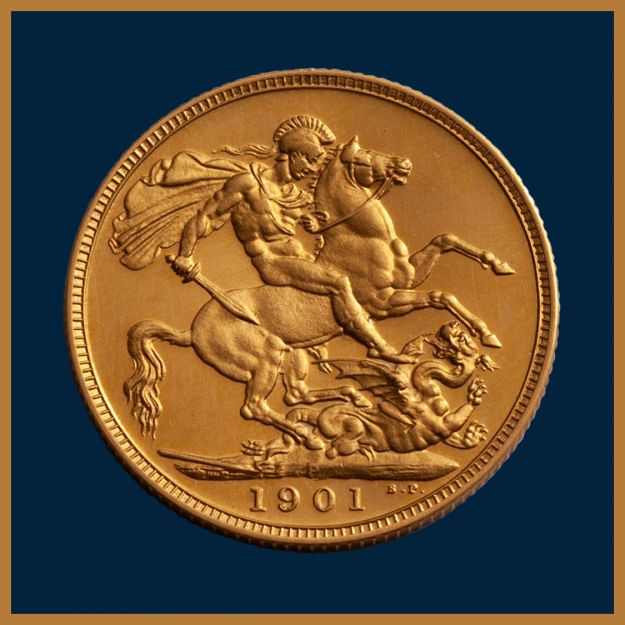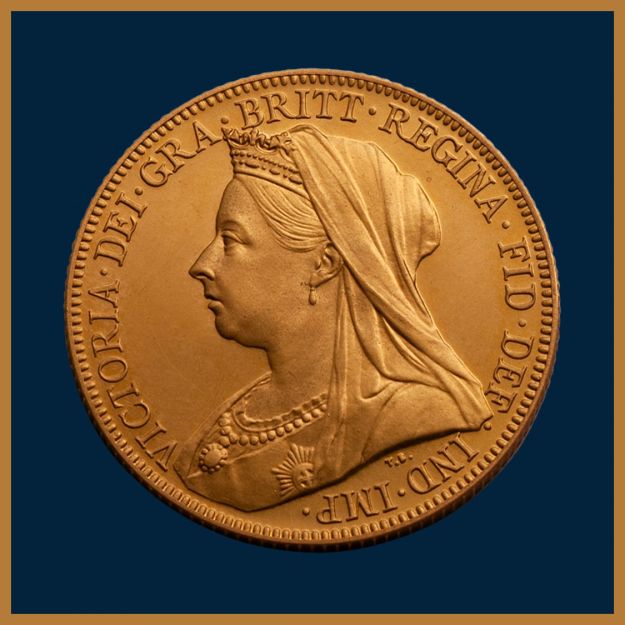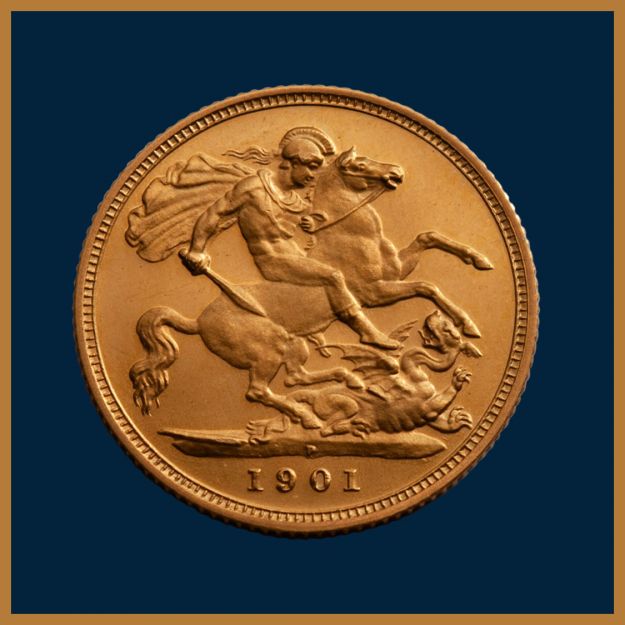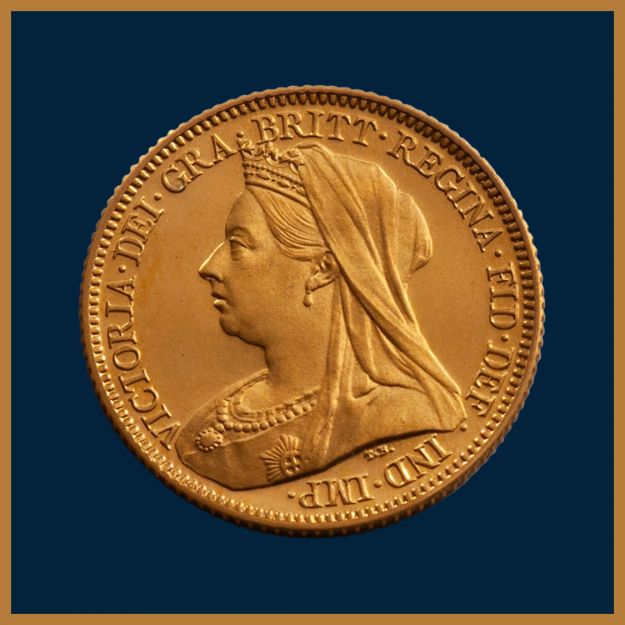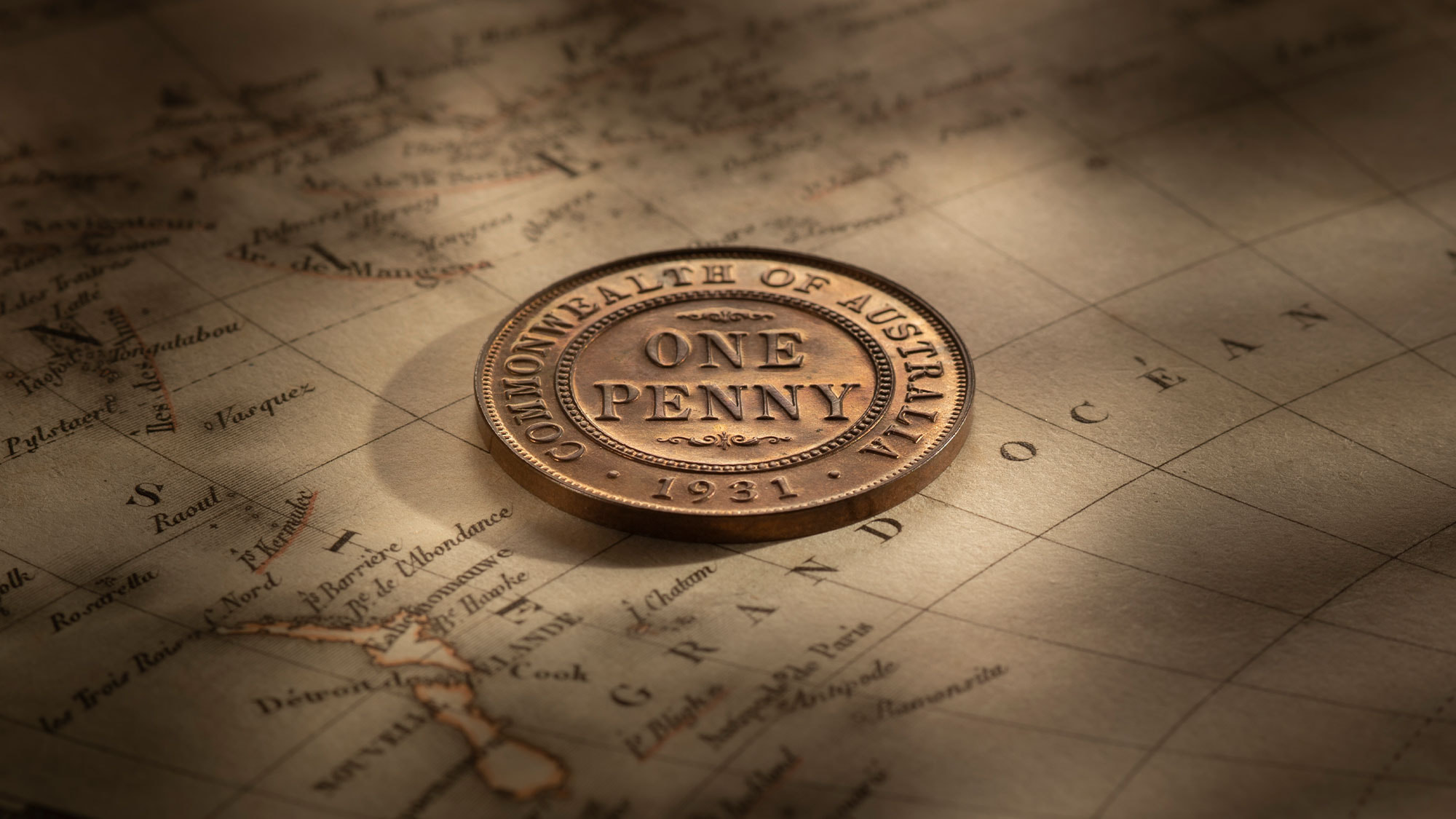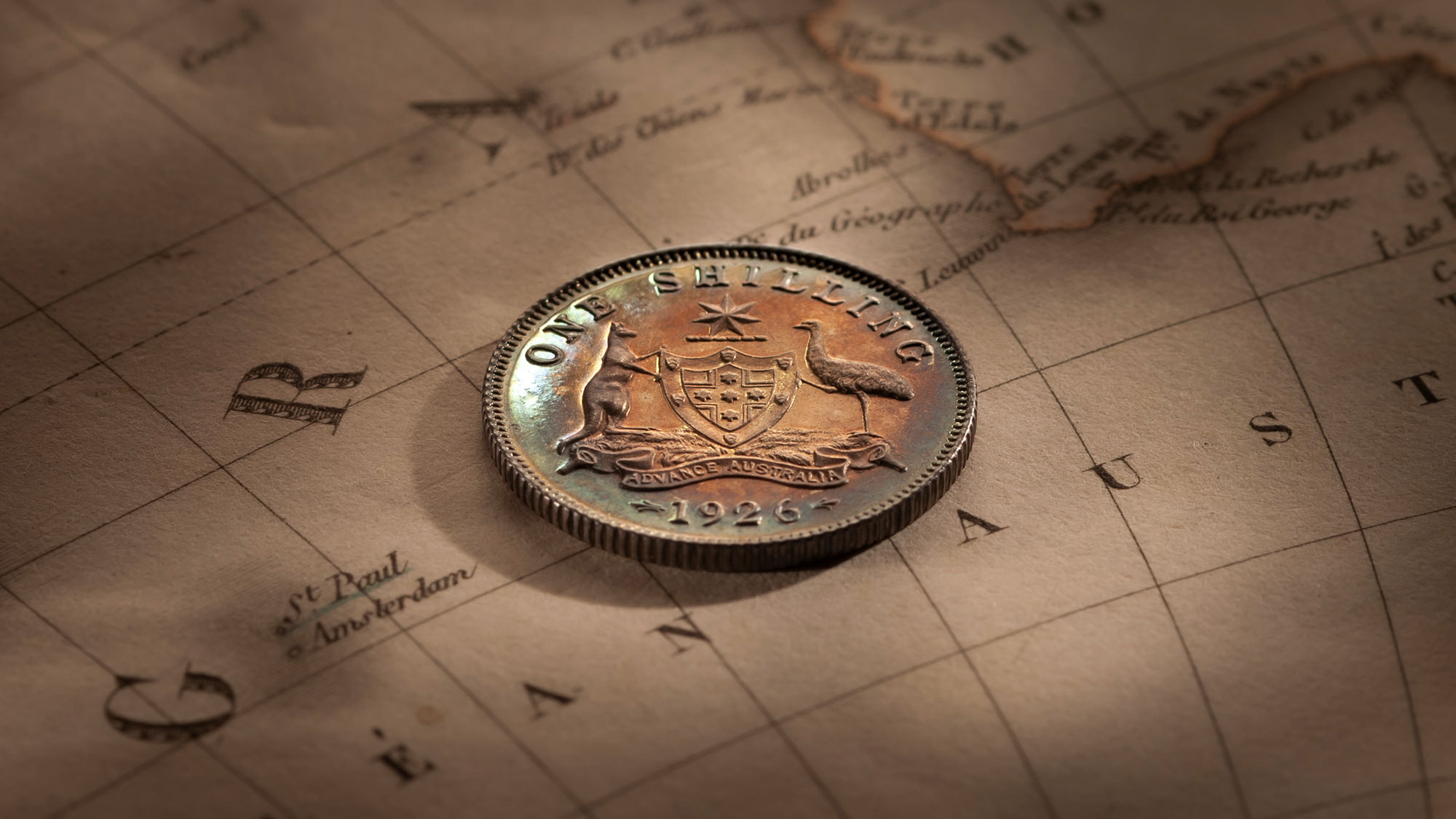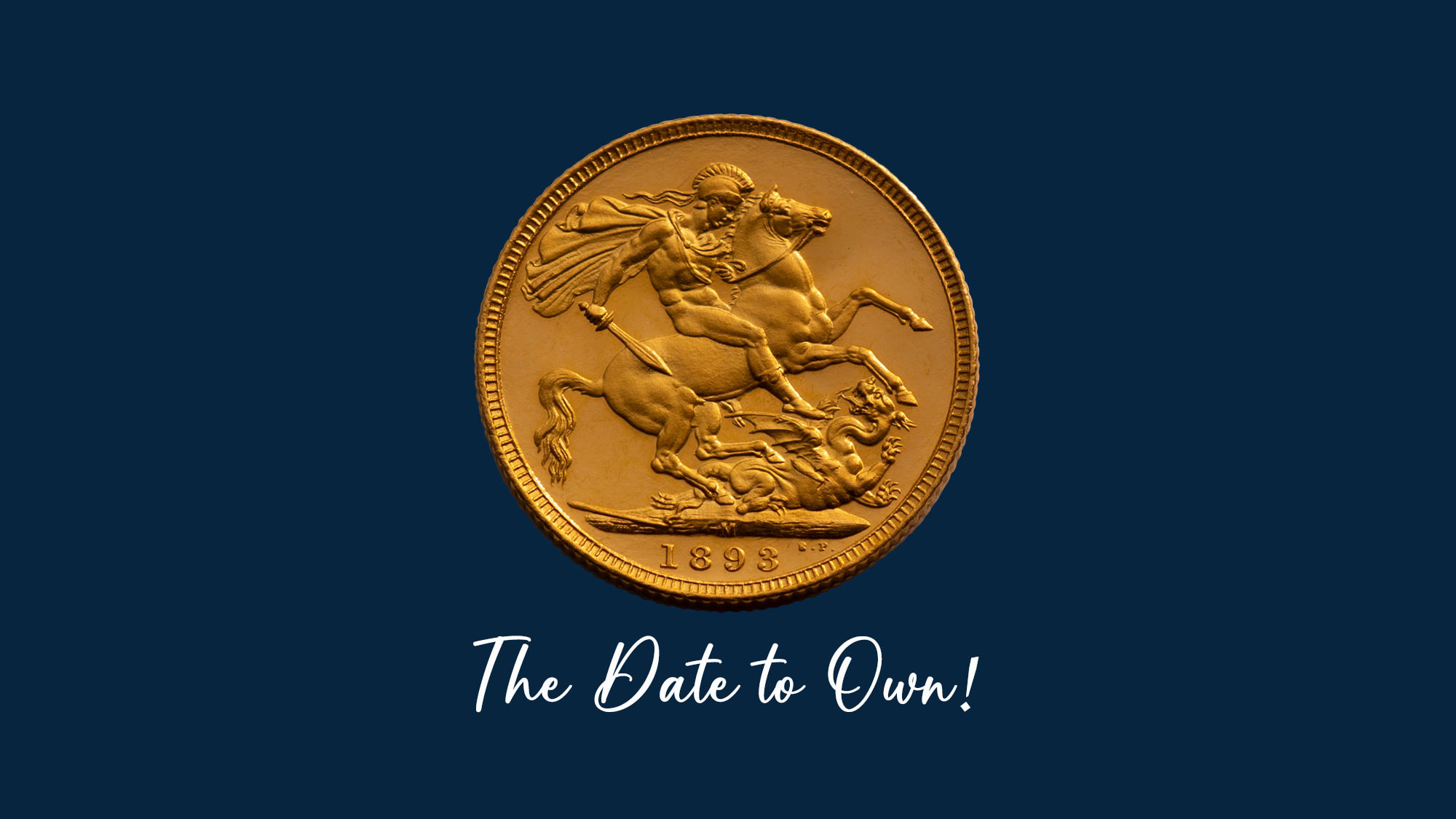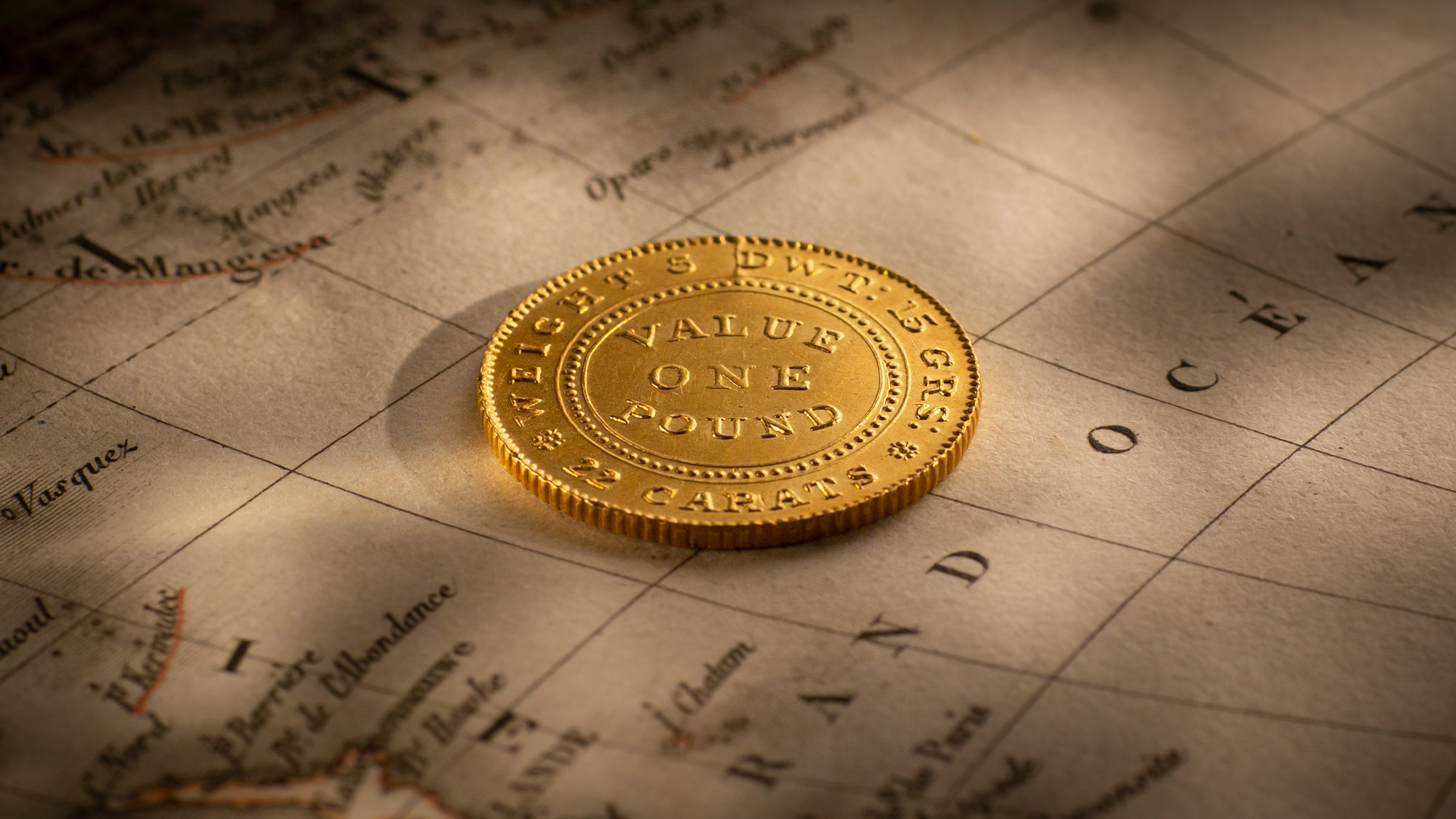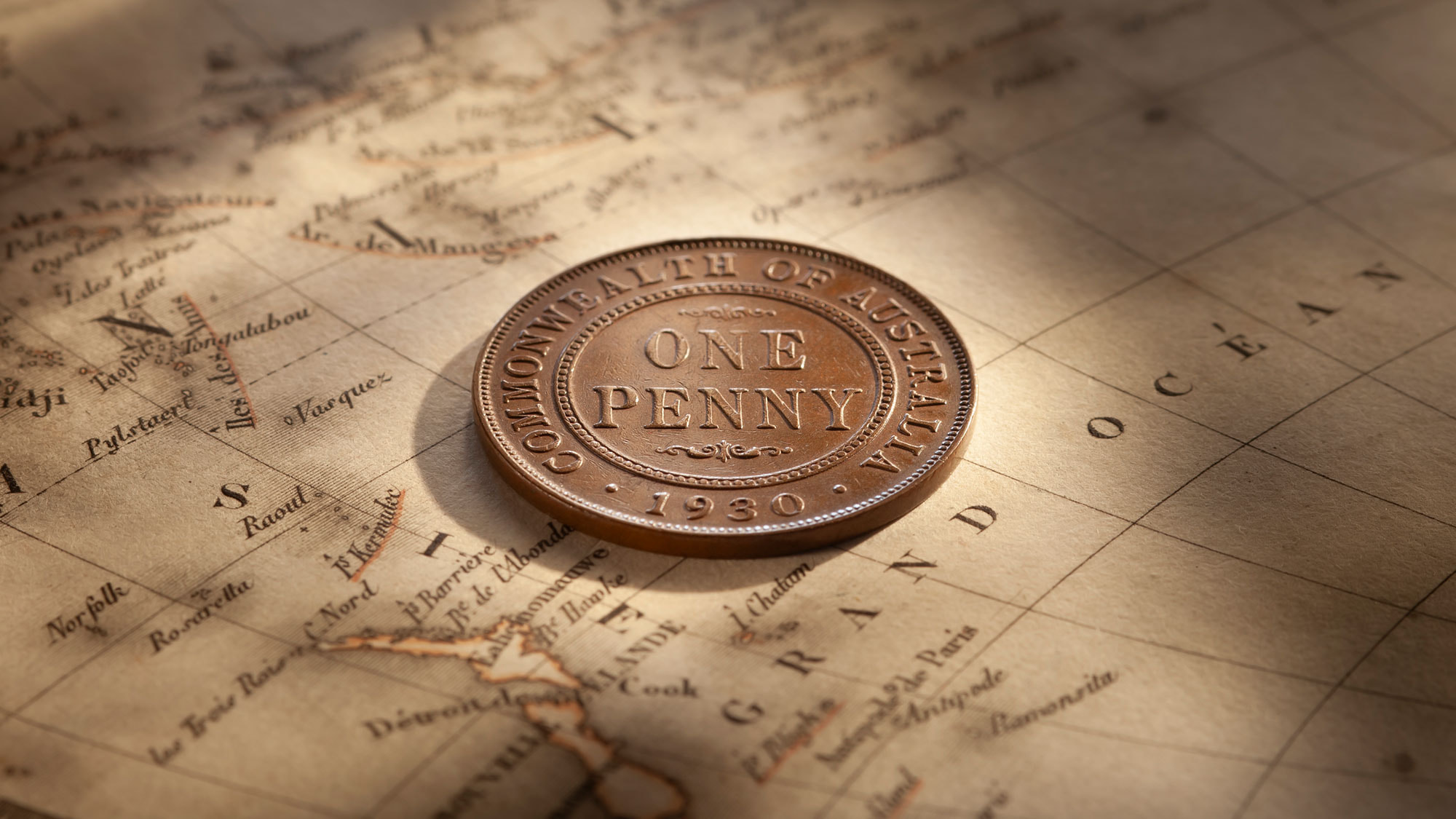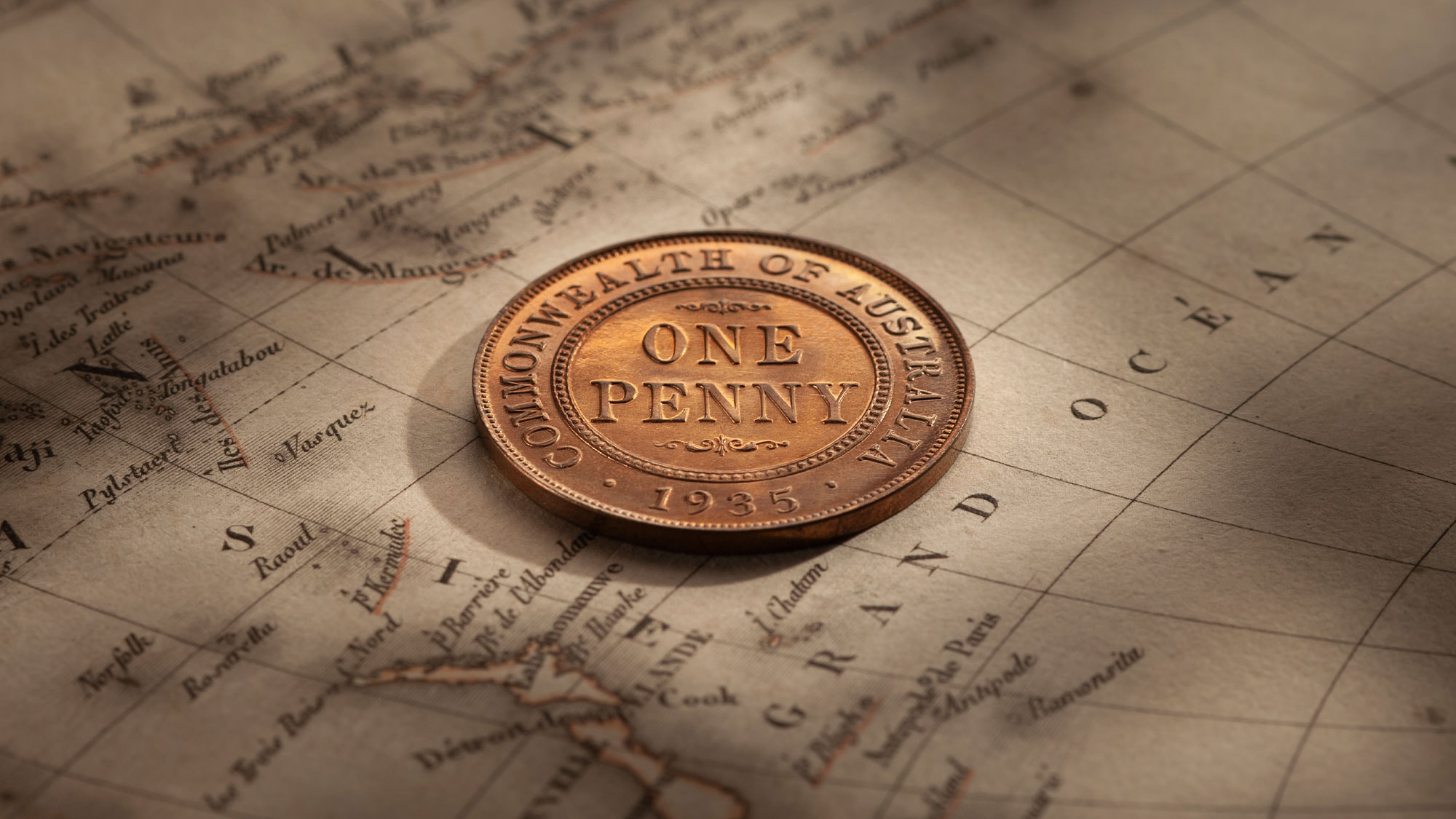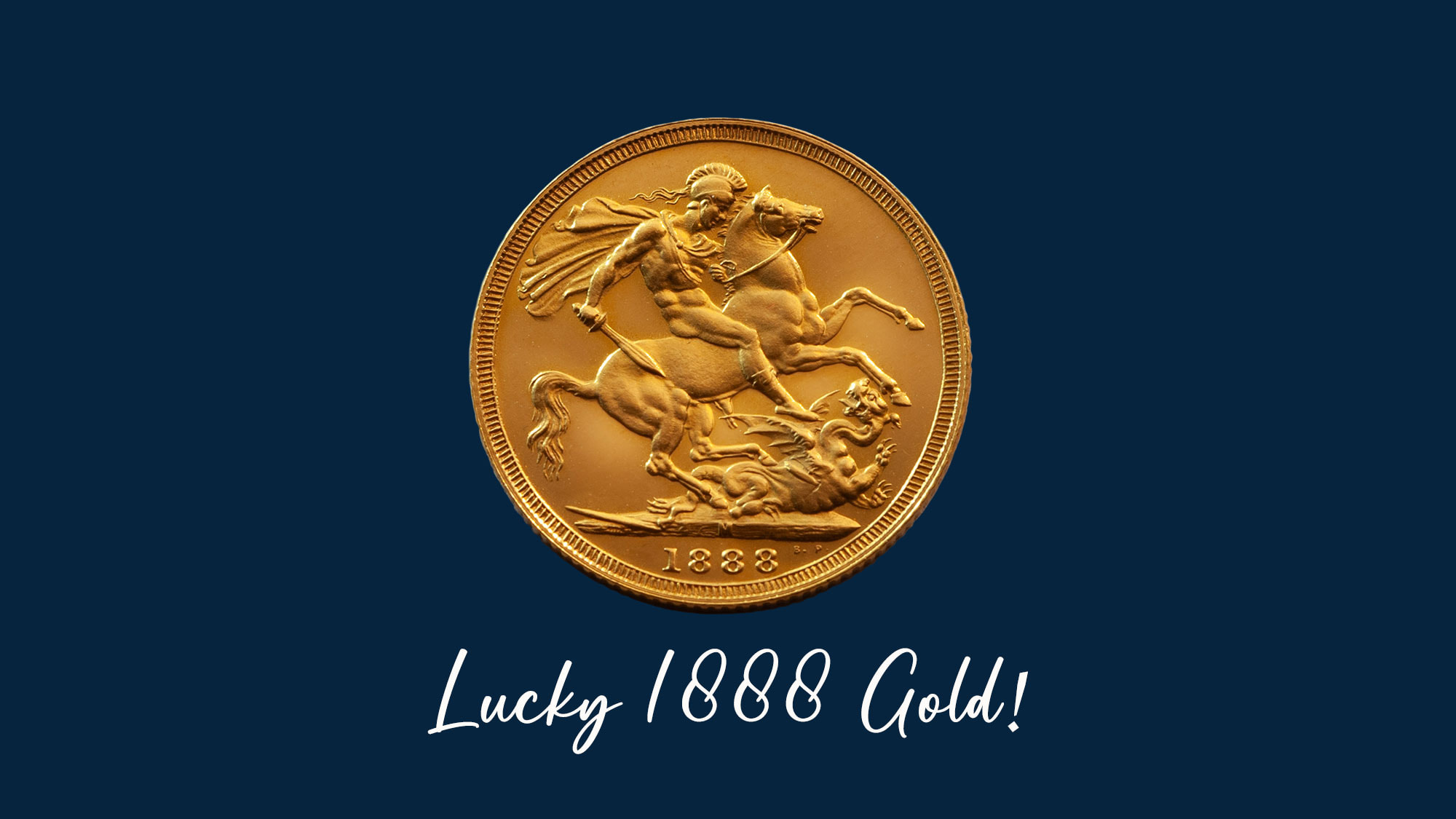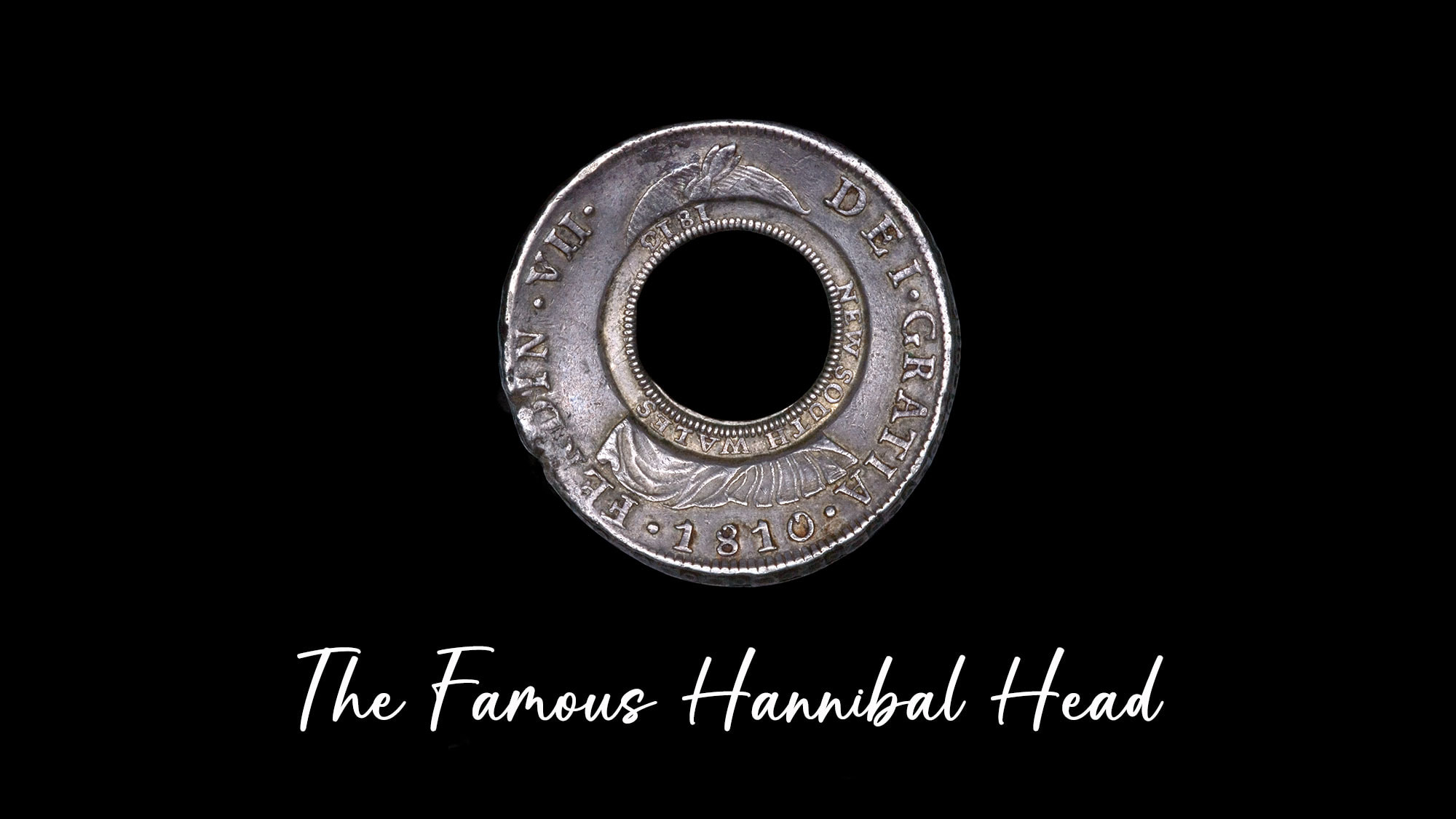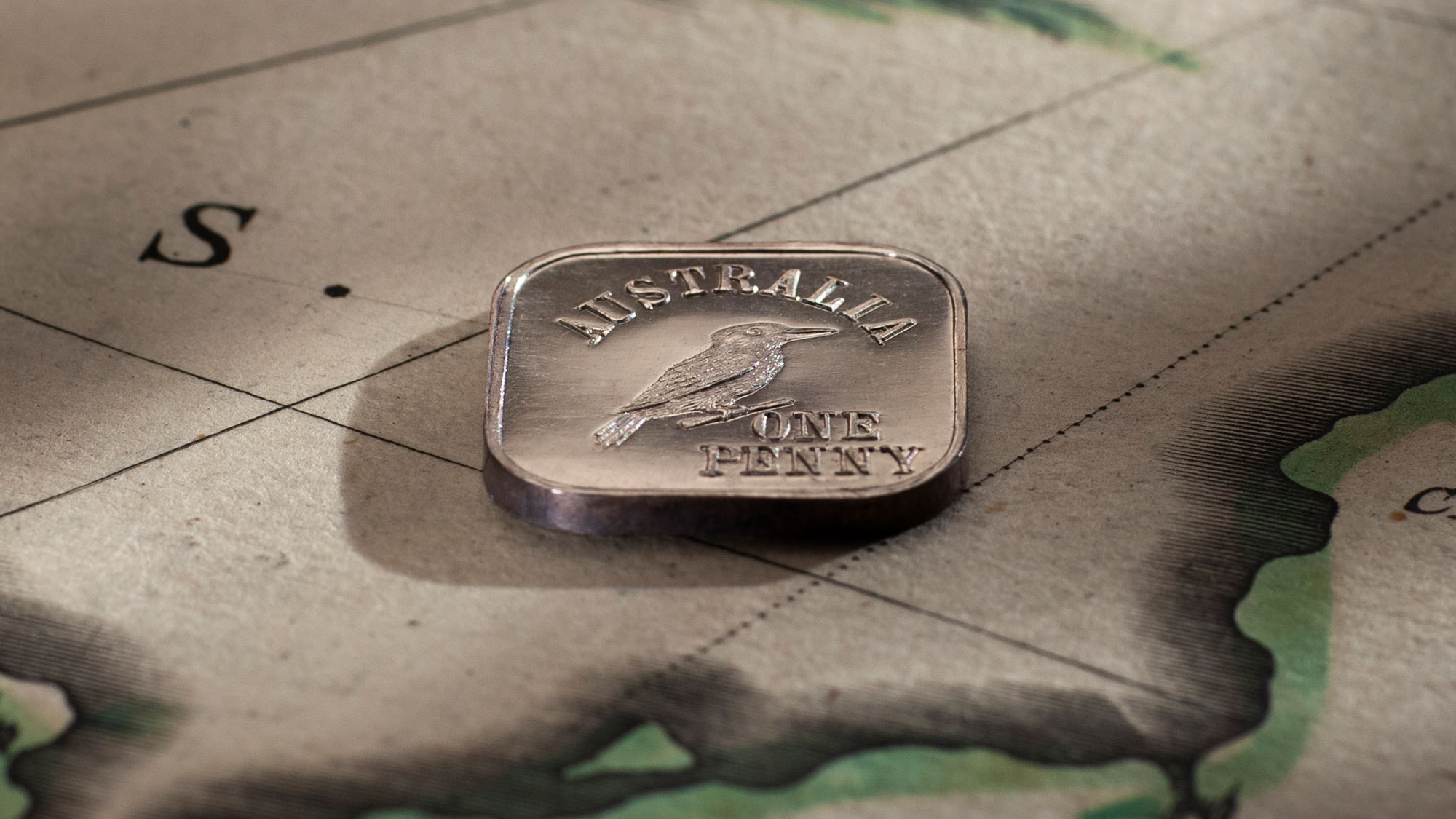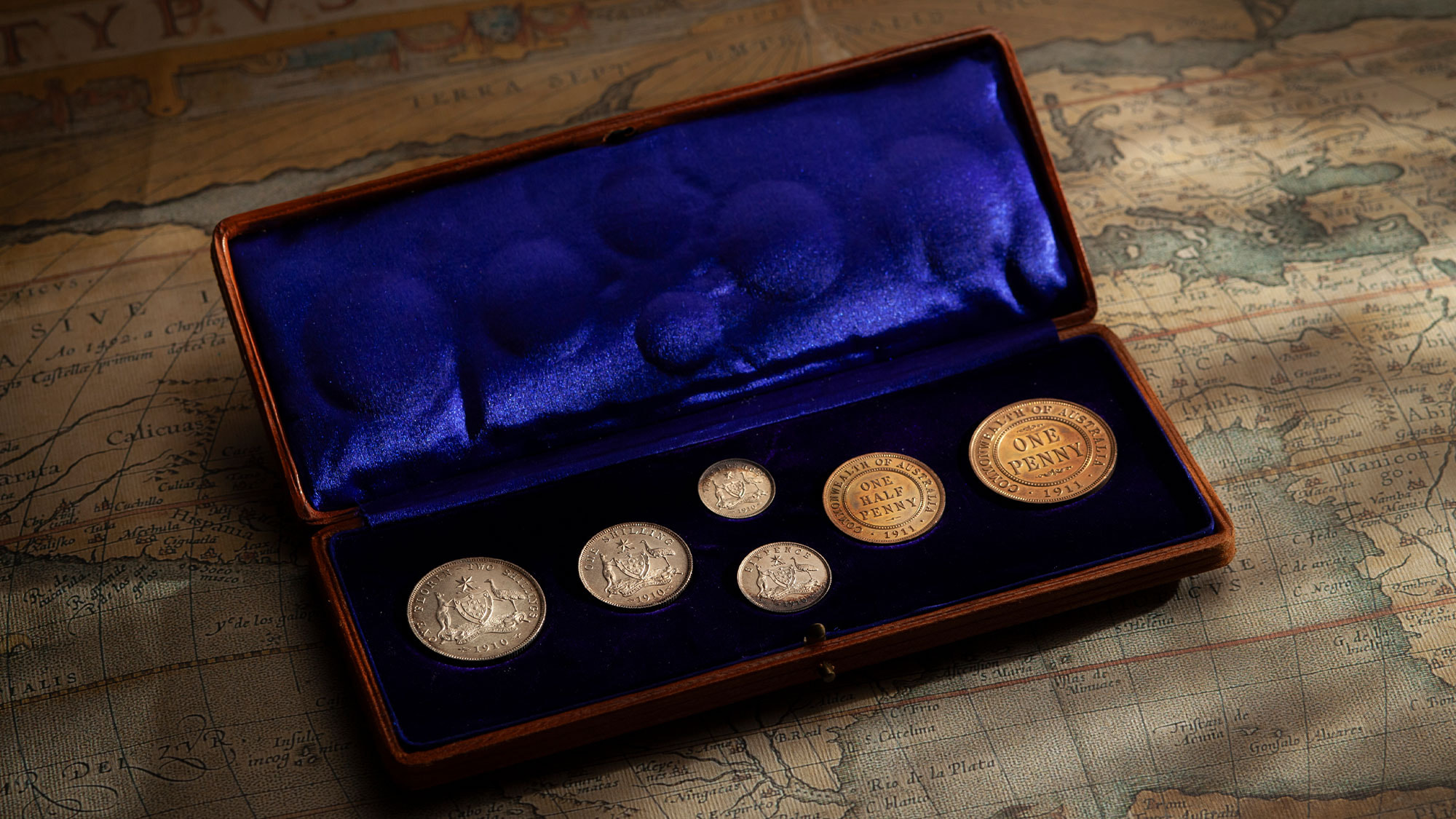The 1901 Proof Sovereign and the 1901 Proof Half Sovereign.



The 1871 Proof Sovereign (shown above) is a celebration. And the 1871 Proof Half Sovereign that accompanies it, also is a celebration.
These colonial creations are universally celebrated because they are the very first proof coins struck in Australia.
The issuing mint, the Sydney Mint.
Established in 1855, the Sydney Mint's coining skills had come of age by 1871, reaching a stage in its development that enabled the striking of proof coinage. The very first proofs to be struck in Australia and of the utmost significance.
And, as it so happens, the 1871 proofs were the first striking of imperial gold coins outside Britain. Also very significant.
As a point of note, the Royal Mint London had produced the dies and struck the nation's earlier proof issues (1853 to 1870).
These colonial creations also are a celebration of the Sydney Mint’s achievements in crafting perfection in gold in its very first proof striking. On every occasion the coins have been offered, their brilliant and flawless state has been noted. As they are today.
The Young Head series of gold proofs (1871 to 1887) are rarely offered.
It is a fact that proofs out of this era were not struck every year. And the numbers, on the few occasions they were produced, were minuscule.
And while all Young Head gold proofs are scarce, there is one date that stands out from the rest as being the most desirable. And the most sought after. And that is the first year, 1871.
Procurement is not made easy because the 1871 proofs are unique in private hands.
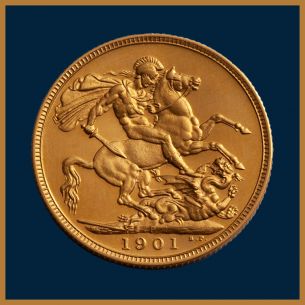
1901 Sovereign
Proof striking
Perth Mint Coin of Record

1901 Sovereign
Proof striking
Perth Mint Coin of Record
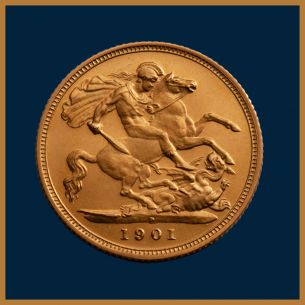
1901 Half Sovereign
Proof striking
Perth Mint Coin of Record

1901 Half Sovereign
Proof striking
Perth Mint Coin of Record
A summary of the 1871 Proof Sovereign and 1871 Proof Half Sovereign ...
• The first gold proofs struck in Australia
• Unique in private hands
• The Young Head era (1871 to 1887) is a sector of the market that is defined by overwhelming scarcity.
• The year '1871' is the first year of the Young Head design, and therefore the most sought after
Rare coins raise awareness of our history. And rare coins raise awareness of our accomplishments as individuals and as a nation.
It is a statement that may well have been written for this 1871 Proof Sovereign and 1871 Proof Half Sovereign.
The coins are offered as a pair for $295,000.
Detailed information and enlarged photographs are shown below.
1901 Sovereign, proof striking
One of two known, the other known example selling at Sincona Auction, Zurich, November 2021.
Price $250,000
The Perth Mint supplied the Melbourne Mint with two 1901 Proof Sovereigns on 11 October 1901. It is believed both examples made their way into the John G Murdoch Collection, selling at Sotheby Wilkinson & Hodge London, 1903.
This 1901 Proof Sovereign is a brilliant and frosted FDC. Ex Spink Auctions (Australia) November 1985, lot 1047 • Barrie Winsor sale by private treaty to Downies Collectables, February 2000.
The other known example was offered at Sincona Auction Zurich November 2021, lot 892.
1901 Half Sovereign, proof striking
The only known example held by a private collector
Price $350,000
A great rarity, the Perth Mint's 1901 Proof Half Sovereign is the only representative example of a half sovereign struck in the final year of Queen Victoria’s reign. No circulating half sovereigns were issued at any of the Australian mints in 1901 due to the death of Queen Victoria in January of the same year.
The Perth Mint supplied the Melbourne Mint with four 1901 Proof Half Sovereigns on 11 October 1901. The Melbourne Mint retained two coins, the other two are believed to have made their way into the John G Murdoch Collection sold Sotheby, Wilkinson & Hodge 1903.
This 1901 Proof Half Sovereign is a brilliant and frosted FDC. Ex John G Murdoch, Reginald Huth, S. A. H Whetmore, Spink Auctions (Australia) November 1985, lot 1048 • Barrie Winsor sale by private treaty to Downies Collectables, February 2000.
The other 1901 Proof Half Sovereign offered in 1903 by auctioneers Sotheby Wilkinson & Hodge is believed housed in the British Museum by way of the Clarke-Thornhill bequest of 1935.
Coinworks recommends
© Copyright: Coinworks
